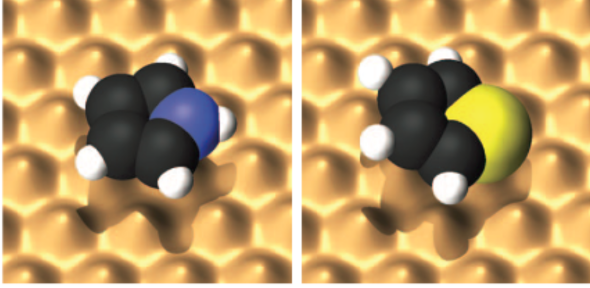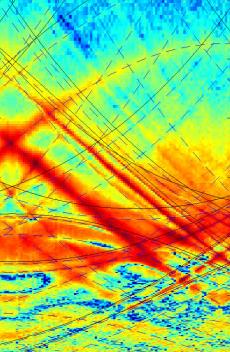
SMF : Group Website : Staff
In the area of surface physics, we carry out fundamental research into surface structure and processes. We specialise in the experimental technique of Helium Atom Scattering (HAS), which we complement with more traditional surface techniques. Some of our most exciting work includes the development of new instrumentation.
Our current high-profile projects include using helium-3 spin-echo techniques to study dynamics on atomic length and timescales and the development of helium atom microscopy to provide an imaging technique with a uniquely delicate helium atom probe.
The Surface Physics section performs a wide range of fundamental research into surface structure and dynamics. The group specialises in neutral atom optics and helium atom scattering. Recent highlights include helium-3 spin-echo, which enables unique measurements on ultrafast (picosecond) timescales, and development of helium atom microscopy for completely inert imaging with wide applicability.
Mapping Surface Potentials using Helium-3 Spin-Echo
The Helium-3 Spin-Echo technique represents a unique and powerful approach to surface dynamics measurements. The technique opens up a wide range of exciting new experimental opportunities, measuring new and otherwise totally inaccessible physics (either experimentally or theoretically) on the sub-nanometre length and nanosecond timescales.
Although the spin-echo spectrometer is primarily aimed at dynamical measurements, it is also uniquely suited to the measurement of helium-surface potentials, through the selective adsorption resonance phenomena. Selective adsorption resonances are where instead of diffracting into a real, observable beam, a helium atom can become transiently trapped in one of the energy levels of the helium-surface potential.
Single coil spin-echo measurements, made as a function of azimuthal orientation of the sample, reveal the 2D band structure for helium atoms moving in the potential energy well at a lithium fluoride surface. The sharp variations in reflectivity are due to the bound state resonance phenomena.
Image and Credit: Atomic scale friction of 5 membered ring molecules on surfaces, Surface and 2D NanoScience Group

